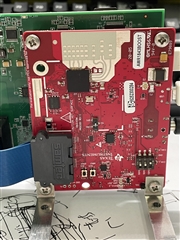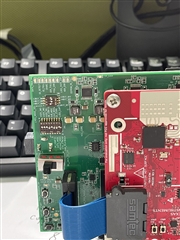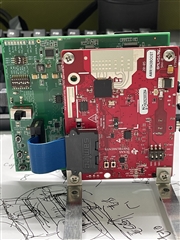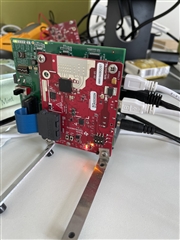Other Parts Discussed in Thread: DCA1000EVM, AWR1843
Hi Expert,
We have a data capture problem in the using of AWR1843 + DCA1000EVM. To be specific, when we set the 3TX&4RX mode in AWR1843, the data we received had zero ADC value over 4 channels. There was no such problem in 2TX&4RX mode. We verified this issue in UDP packet analysis. The sequence number of raw data in every UDP packet is consecutive and the number of total data bytes meet our radar configuration. But there were zero ADC data values over 4 channels of UDP packets.
And we also find no matter how we set the frame number of the capture configuration, the actual capture process ended with in 70~80 seconds.
We put the LUA command of our initialization as following. Could you please help us to check whether there are some miss configuration cause these problems.





